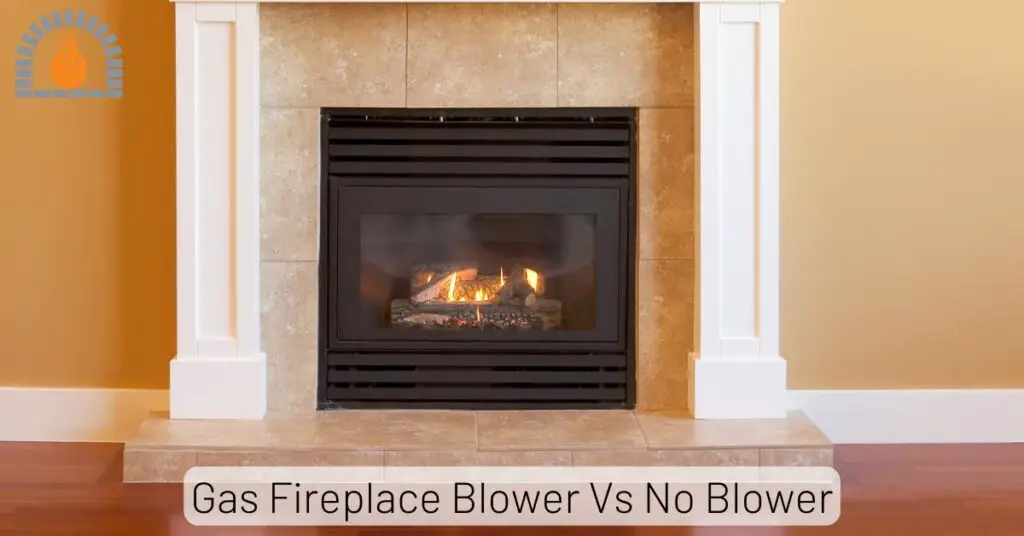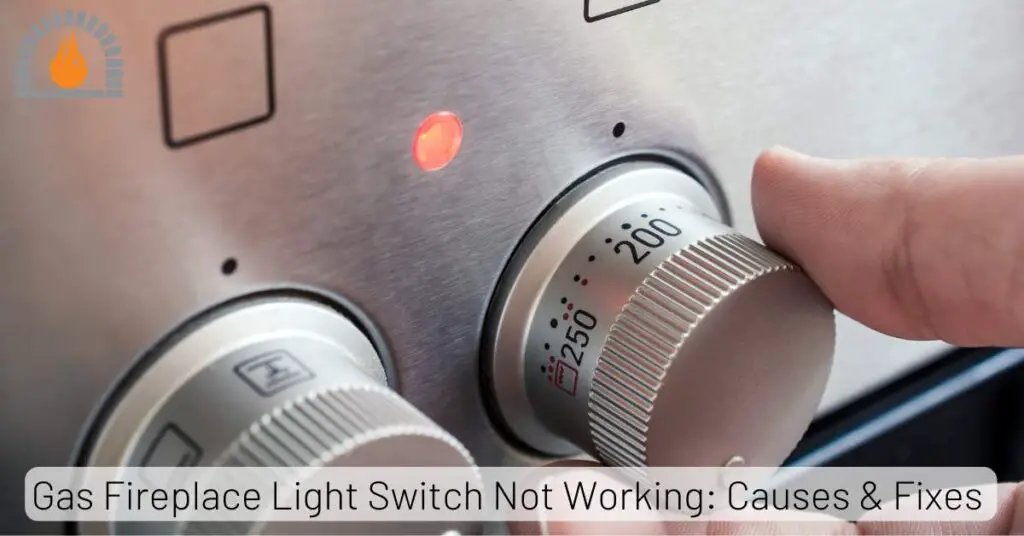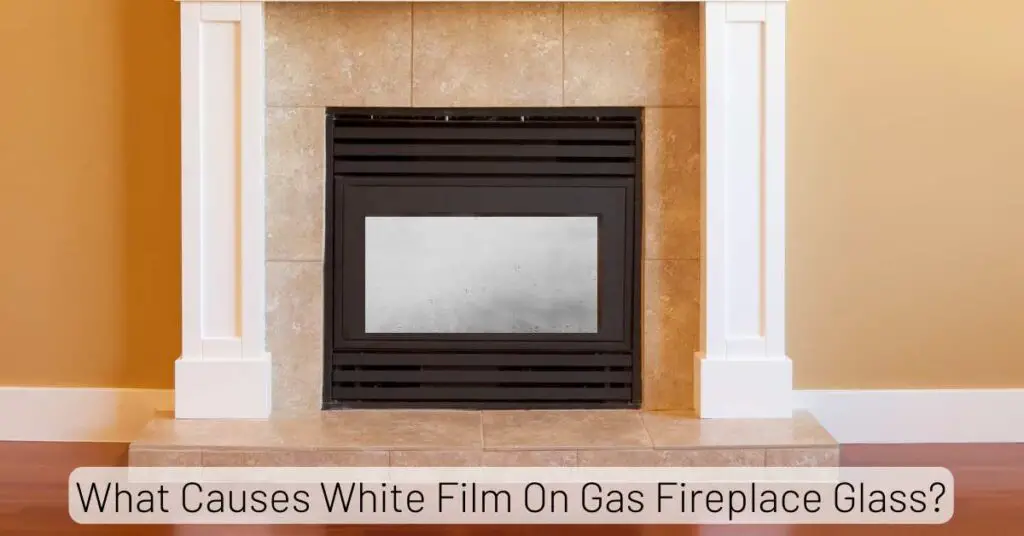Gas fireplaces offer warmth and ambiance, making them a beloved feature in many homes. However, ensuring their safety is paramount to preventing accidents and maintaining efficient operation. A comprehensive gas fireplace safety check is essential to promptly identify and address potential issues.
Discover the essential steps for a thorough gas fireplace safety check to maintain your home’s safety and comfort. Learn about potential hazards and expert tips to ensure your fireplace functions optimally.
Understanding Gas Fireplace Safety
Gas fireplaces provide efficient heating while adding aesthetic value to homes. However, like other appliances, they require regular maintenance to operate safely.
A gas fireplace safety check involves inspecting various components to detect and prevent potential hazards.
Gas Fireplace Safety Check: Step-by-Step Guide
- Pilot Light Examination
- The pilot light is crucial for igniting the main burner. Check for a steady, blue flame. A flickering or yellow flame may indicate an issue with combustion, necessitating further inspection by a professional.
- Ventilation Inspection
- Adequate ventilation is essential to prevent the buildup of carbon monoxide (CO) and ensure proper combustion. Verify that the vents are clear of debris or obstructions, allowing for the safe expulsion of combustion byproducts.
- Inspecting Gas Lines and Connections
- Examine the gas lines and connections for any signs of leaks or damage. Use a soap and water solution to detect leaks—a bubbling reaction indicates a leak that requires immediate attention from a certified technician.
- Cleaning the Glass and Surrounding Area
- Clean the glass and surrounding area of the fireplace to remove dust, debris, or residue. This enhances visibility and prevents blockages that could hinder the fireplace’s performance. Check for gas fireplace surround code Requirements.
- Checking Carbon Monoxide Detectors
- Ensure carbon monoxide detectors are installed near the fireplace and throughout the home. Test the detectors regularly to verify their functionality and replace batteries as needed.
- Inspecting the Ignition System
- Test the ignition system to ensure prompt and reliable ignition of the fireplace. If the ignition is delayed or inconsistent, it may indicate a faulty component that requires servicing.
- Examining the Gas Burner and Logs
- Inspect the gas burner and logs for signs of wear or damage. Clean any debris or buildup that could affect combustion or create uneven flames.
- Checking the Chimney and Flue
- Verify that the chimney and flue are clear of obstructions, such as debris or animal nests. Any blockages can impede proper ventilation and pose a safety hazard.
- Inspecting the Thermocouple and Thermopile
- The thermocouple and thermopile are safety devices that detect the presence of a flame. Ensure they are correctly positioned and free of corrosion or soot buildup.
- Testing the Emergency Shut-Off Valve
- Test the emergency shut-off valve to ensure it functions correctly. This valve allows homeowners to cut off the gas supply in case of an emergency or gas leak.
The Importance of Regular Inspection and Maintenance
Regular inspection and maintenance are vital for the safe and efficient operation of gas fireplaces. Over time, components may wear out or develop faults, increasing the risk of malfunctions or gas leaks.
By conducting routine checks, homeowners can identify issues early and address them before they escalate, ensuring their fireplace’s continued safety and functionality.
FAQs
How often should I conduct a gas fireplace safety check?
A gas fireplace safety check should be performed annually, preferably before the start of the heating season, to ensure optimal performance and safety.
What are the signs of a gas fireplace malfunction?
Signs of a gas fireplace malfunction include a weak or flickering flame, unusual odors, or difficulty igniting the fireplace. If you notice any of these signs, discontinue use and have the fireplace inspected by a professional.
Can I perform a gas fireplace safety check myself?
While homeowners can conduct essential visual inspections, hiring a certified technician for a thorough safety check is recommended, especially for tasks involving gas lines or electrical components.
How can I maintain the cleanliness of my gas fireplace?
Regularly clean the glass and surrounding area of the fireplace using a non-abrasive cleaner. Additionally, vacuum or dust the interior components to prevent the buildup of debris or dust.
Are carbon monoxide detectors necessary for gas fireplaces?
Carbon monoxide detectors are essential for gas fireplaces to alert occupants to CO—a colorless, odorless gas that can be lethal in high concentrations.
What should I do if I detect a gas leak?
If you suspect a gas leak, evacuate the premises immediately and contact your gas provider or emergency services. Please avoid using electronic devices or open flames, which can ignite the gas.
Final Thoughts
Conducting a thorough gas fireplace safety check is essential for maintaining a safe and comfortable home environment. By following the outlined steps and scheduling regular inspections, homeowners can confidently enjoy the warmth and ambiance of their fireplace.
Remember, safety should always be the top priority for gas appliances.
Affiliate Disclosure: Fireplaceadviser.com is a participant in the Amazon Services LLC Associates Program. We may earn a commission when you click on certain links on this site and purchase.

Hello!! I am Jamal Khan. I often fix my home electric heaters and gas stove problems and research the common issues in the heating units to improve my knowledge and expertise. The aim of establishing fireplaceadviser.com is to share my expertise and knowledge with my audience.












